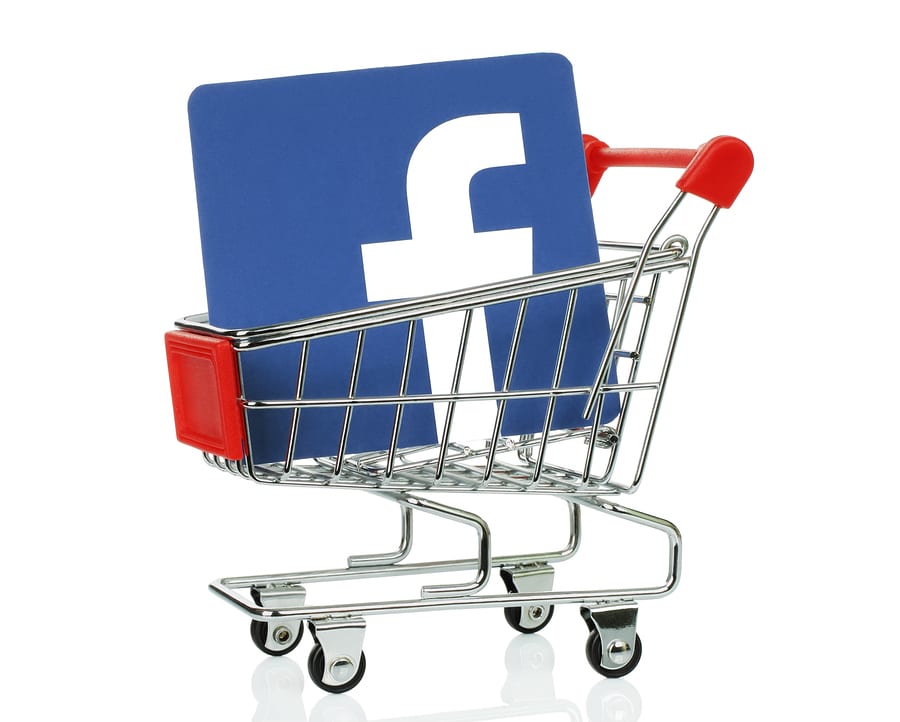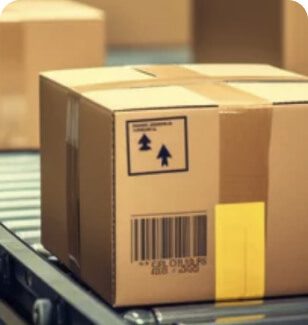Online Retailers: Here’s Why You Should Be Selling on Facebook

The latest reports find that social commerce is estimated to drive around 5% of all online or digital sales for a grand total of $30 billion in revenue annually. Those are numbers you can’t ignore. If you’re selling online, now is the time to develop a social media strategy that encompasses sales and marketing, and Facebook is a great place to start.
As the largest social network in use today, Facebook provides a solid starting point for e-tailers because it has both a massive population and also boats embedded ecommerce features that were years in the making.
Here’s a quick glance at Facebook and the ways it helps e-tailers boost sales.
Facebook: The Statistics
Mark Zuckerberg founded “thefacebook” in 2004, and it is now the third most-viewed website in the world, with Google taking first place and YouTube coming in second.
Despite being under fire for privacy scandals and alleged misdeeds, Facebook is going strong. There are more than 2.2 billion users, 74% of whom visit the site or use the app daily. It’s still a popular source for news, and it was one of the early adopters of ecommerce integrations.
Perhaps the most telling statistic is this one: 78% of American consumers have discovered retail products and have bought them on Facebook. It is a powerful exploration platform that outranks both Instagram and Pinterest, which both have inspired at least 59% of American consumers.
Benefits of Selling on Facebook
Facebook’s lengthy history and massive userbase are the major benefits of selling on this platform. As an established social media platform, it has the tools to get your online store in front of billions of users.
With Facebook, you can also do the following:
- Drive new sales by directing web users to your Facebook store.
- Engage prospective customers by showing them your products in an interactive way.
- Offer exclusive discounts, which boost brand loyalty and awareness.
- Reward brand advocates with public recognition on your Facebook page.
- Build brand awareness via community management and targeted advertising.
- A Facebook store opens the door to using the platform as an all-in-one ecommerce, customer service and marketing tool.
Setting Up Your Facebook Shop
No matter how you set up your Facebook store, the first step is to create a business page for your company. Under the “Explore” section of the home page, locate the “Pages” link to be taken to a landing page that shows the Pages (profile-like business listings). Here is where you can create a Page for your online store, and the site will prompt you to include details like your website, contact information, mailing address and more.

Once your Page is live, there are a few options for creating a storefront.
Option 1: Set up “Shop” Tab
Your ecommerce Page automatically includes a “Shop tab that you can enable. Once you’ve agreed to the Facebook Seller Terms & Conditions, you can set up your store to accept payment either by directing users to your website or via Stripe (if you’re in the US).

Now you can start getting creative. Start uploading your product catalog with catchy titles, descriptions and photos that will stand out in the Newsfeed. Keep in mind, the manual product entry is one of the main drawbacks of creating a store directly through Facebook; but by doing so, you are guaranteed a functioning store that does not rely upon plugins.
Option 2: Use an Independent App
There’s a multitude of ecommerce tools that online retailers can choose from, but there are fewer Facebook selling tools than you might suspect. One option is Ecwid, a free shopping cart solution that integrates with social media and site builders as well as ecommerce sites.
Ecwid powers more than 40,000 stores on Facebook and more than 1 million sellers total. It is used around the world and boasts multi-carrier shipping, automatic tax calculations, dozens of secure payment options and cross-channel inventory syncing.

The user-friendly shopping cart is one of the best options for selling on Facebook, and it saves e-tailers the pesky step of manually entering all their product information that is already online elsewhere. It also facilitates a seamless shopping experience for international consumers who can’t pay through Stripe and don’t want to leave the Facebook app to make a purchase.
Option 3: Download a Shopping Cart’s Facebook App
If you’re selling online with one of the major shopping platforms like Shopify, WooCommerce or Magento, you can find the Facebook Shop within the App Store of these platforms. The app will import your existing product catalog directly into your new storefront instantly.

This is probably the best option for established online retailers looking to expand to another channel or simply beef up their marketing strategies.
Marketing Your Shop is Free
Once your Facebook Shop is up and running, you can easily use the site to market your products and your storefront. That being said, don’t use your Page for strictly marketing purposes. Social media is a two-way street, so be sure to engage with Facebook users who are interacting with your posts. Consumers are looking to build brand relationships, and the easiest way to get their attention is to act like a human, not a billboard.
Improve your brand’s presence on Facebook with these tips:
- Create high-quality content to drive traffic to your site.
- Retarget interested visitors with the Facebook Pixel.
- Post a mix of images, video and interactive content like polls.
- Follow this social media marketing guide.
Better Social Commerce Starts Here
Social media has become interwoven into consumers’ lives and their shopping experiences, and it’s a must-have for online retailers regardless of their target demographic. Getting started is easy and free, and there is high potential with no risk involved. So what are you waiting for?
Need even more tips? Take a look at this infographic on social commerce statistics.

What You Should Do Now
Here are 3 ways ReadyReturns can help you deliver amazing return experiences that eliminate prepaid labels and boxes, delight customers, and protect your margins:
Schedule a Demo – See how ReadyReturns turns product returns into your competitive advantage with “Amazon-like” returns and cost-saving features.
Start Your Free Trial of ReadyReturns (No CC Required) – Set up in minutes. Instantly offer QR code returns, product exchanges, and custom return rules that turn frustrated customers into repeat buyers.
Try ReadyCloud at No Cost – Why manage shipping and returns separately? Get ReadyShipper X, ReadyReturns, and more in one unified platform for seamless fulfillment and order management.
Share On:







